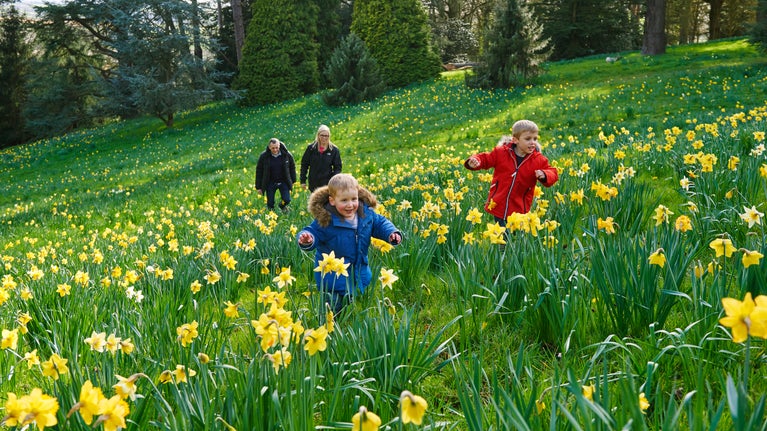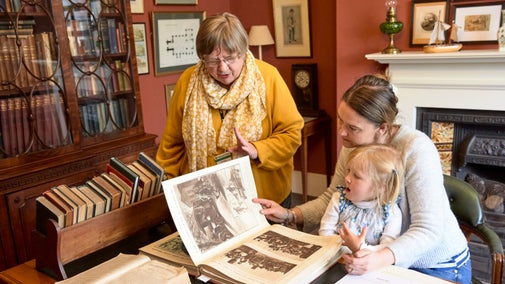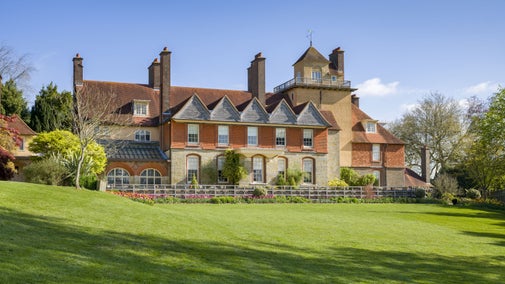
Where will you visit next?
Discover lots of gardens, historic houses, days out at the coast and more.

Transport yourself back to Tudor times with a visit to the places we care for. These historic homes tell stories of Henry VIII and his six wives, the reign of Elizabeth I and the birth of the Church of England.




Discover lots of gardens, historic houses, days out at the coast and more.

Visit some of the places we look after that have inspired famous writers, playwrights and poets, including the homes of Beatrix Potter, Virginia Woolf and Thomas Hardy.

Bring history to life and discover some of the best royal connections to the places we look after, from a warrior king and ghost queen to traitors of the crown.

Learn about the places we look after that played an important role during the First and Second World War, from weapons testing sites to homes for evacuees.

From romance at Erddig in North Wales to unusual displays of love at Hughenden in Buckinghamshire, discover the places in our care that are brimming with tales of passion and heartbreak.

Born from a reaction to the excesses of Victorian industrialisation, these Arts and Crafts buildings showcase traditional craftsmanship, many featuring William Morris designs and interiors.

Discover the Tudor places in our care where you'll find priest holes – spaces where priests could hide and stay safe during times of persecution.